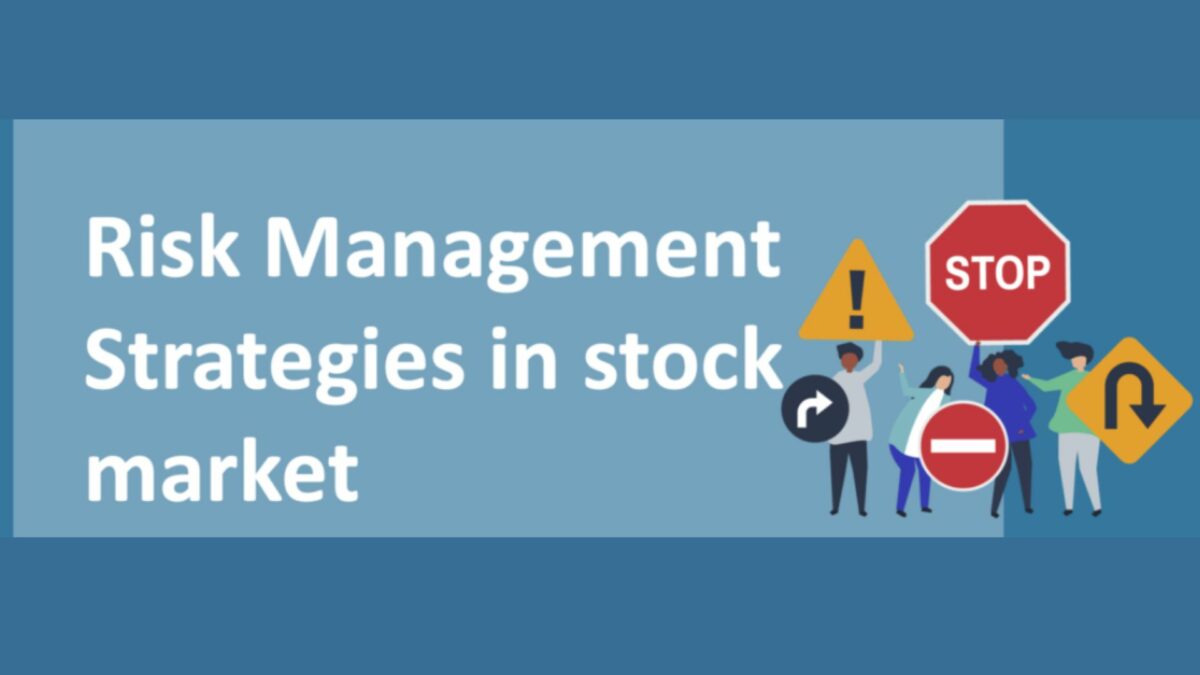In the hierarchy of stock trading principles, none stands higher than risk management, you should manage risk in stock market. Without it, failure is all but guaranteed; success all but impossible. Absent sound risk protocols, even the best trading strategy is doomed. On the other hand, effective risk management can give even the worst trading strategy a fighting chance.
In crafting my own set of risk rules, I’ve found the following exercise helpful. Suppose we select a random individual from the streets of any major U.S. Imagine placing an individual from any major U.S. city in front of a trading terminal, allowing them to trade in the stock market with a $100,000 account. Let’s say you are tasked with the responsibility of drafting a set of risk management rules, which they are required to abide by. Your objective is to help them survive as long as possible, so that they can learn the art of trading through first-hand experience.
What kind of rules might you create?
Naturally, the best strategy is to create a set of rules aimed at minimizing the risk of depleting the account while maintaining opportunities for profit accumulation. The goal isn’t so much helping them capture large gains, as it is helping them survive, play with your all strength in stock market to reduce risk. After learning how to survive, they can modify their approach to being more aggressive and seeking larger gains.
Here are three rules worthy of inclusion:
- Risk a small percentage of the account, such as 1%, in each trade. This protects against any one bad trade derailing your performance for the month.
- Stagger your entry into new trades over time. This reduces the chances of incurring your max loss on multiple trades simultaneously.
- Employ weekly and monthly loss limits to cut your losing streaks short and allow you the opportunity to take a step back and resurvey the markets to gain clarity.
Without a doubt, there are additional risk management guidelines deserving inclusion in the roster. The interesting part of this exercise is that it isn’t a game. It’s real life for most traders and the objectives are the same.
First learn to survive, then you can up the ante and seek additional profits.
Author Profile

- Jonas Taylor is a financial expert and experienced writer with a focus on finance news, accounting software, and related topics. He has a talent for explaining complex financial concepts in an accessible way and has published high-quality content in various publications. He is dedicated to delivering valuable information to readers, staying up-to-date with financial news and trends, and sharing his expertise with others.
Latest entries
 BlogJuly 8, 2024Introduction to Tax Liens and Deeds
BlogJuly 8, 2024Introduction to Tax Liens and Deeds BlogOctober 30, 2023Exposing the Money Myth: Financing Real Estate Deals
BlogOctober 30, 2023Exposing the Money Myth: Financing Real Estate Deals BlogOctober 30, 2023Real Estate Success: Motivation
BlogOctober 30, 2023Real Estate Success: Motivation BlogOctober 28, 2023The Santa Claus Rally
BlogOctober 28, 2023The Santa Claus Rally

